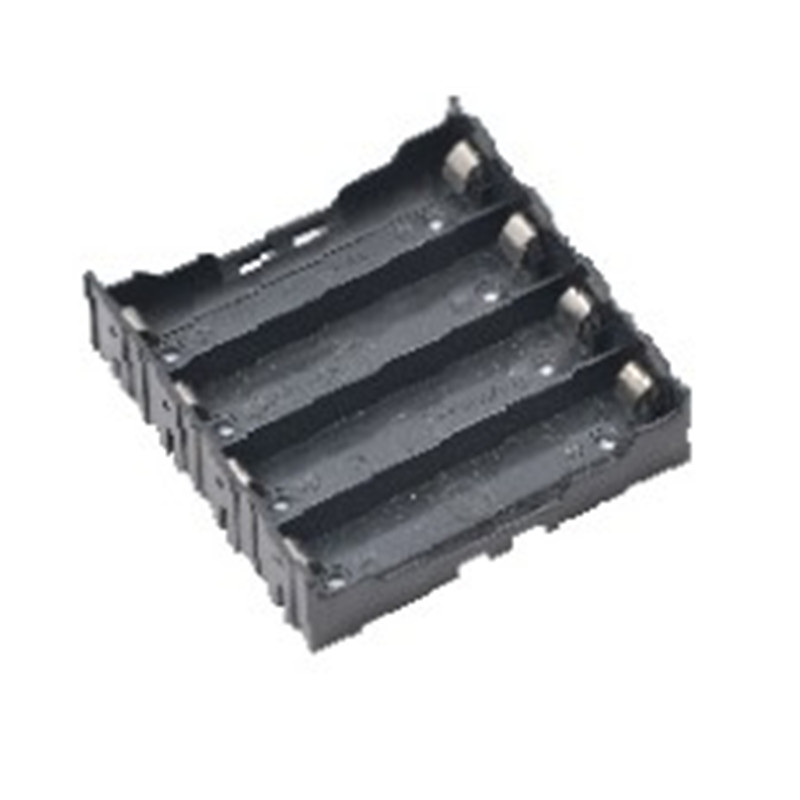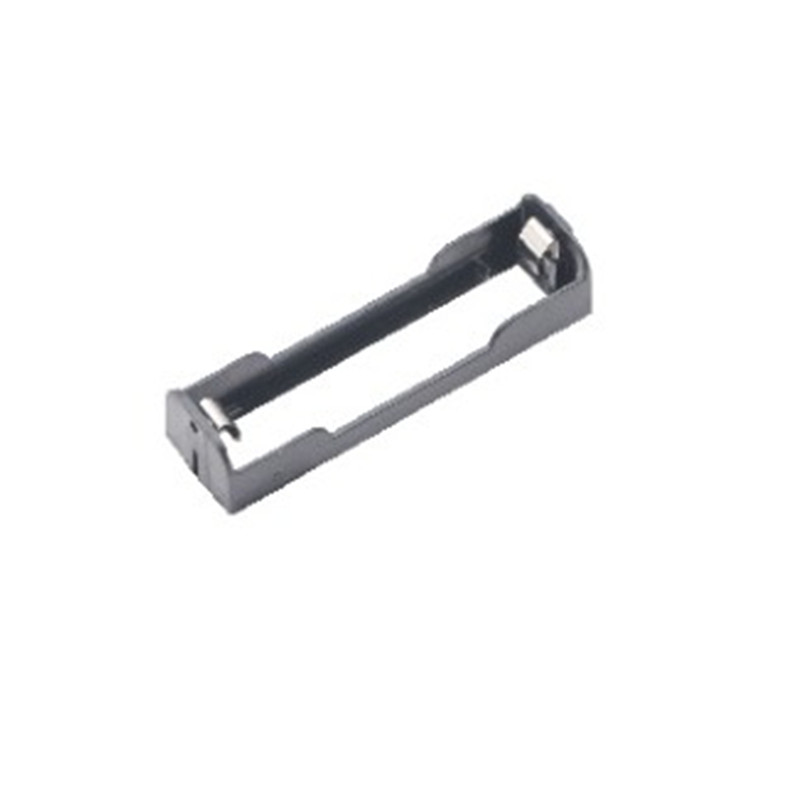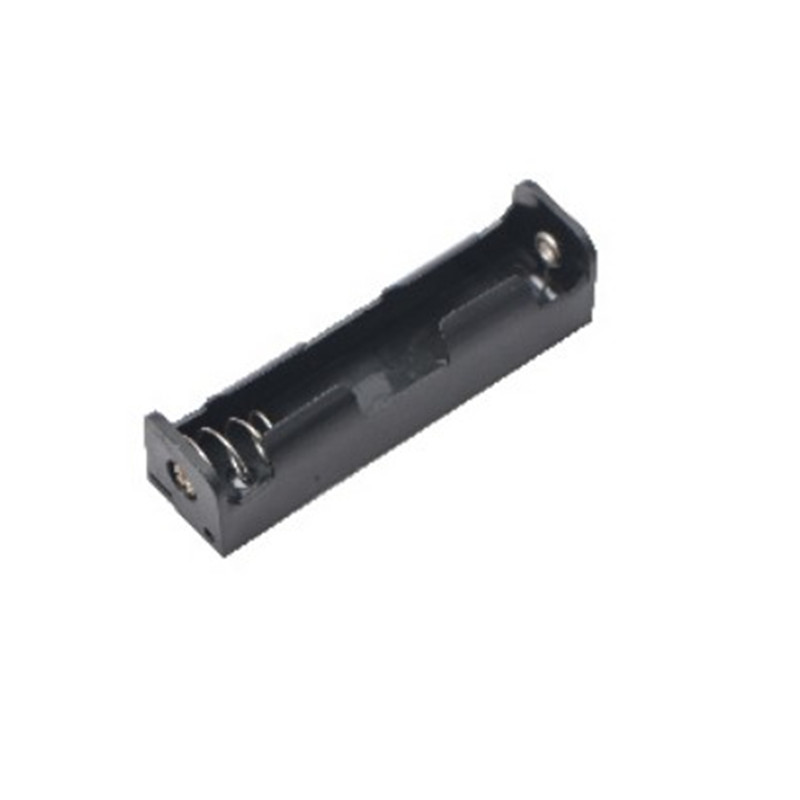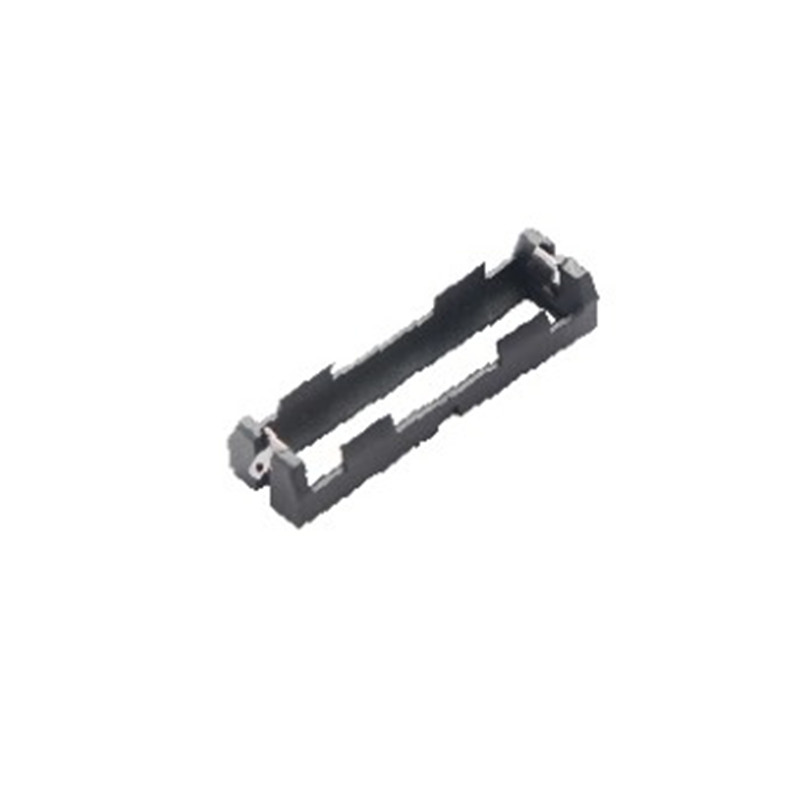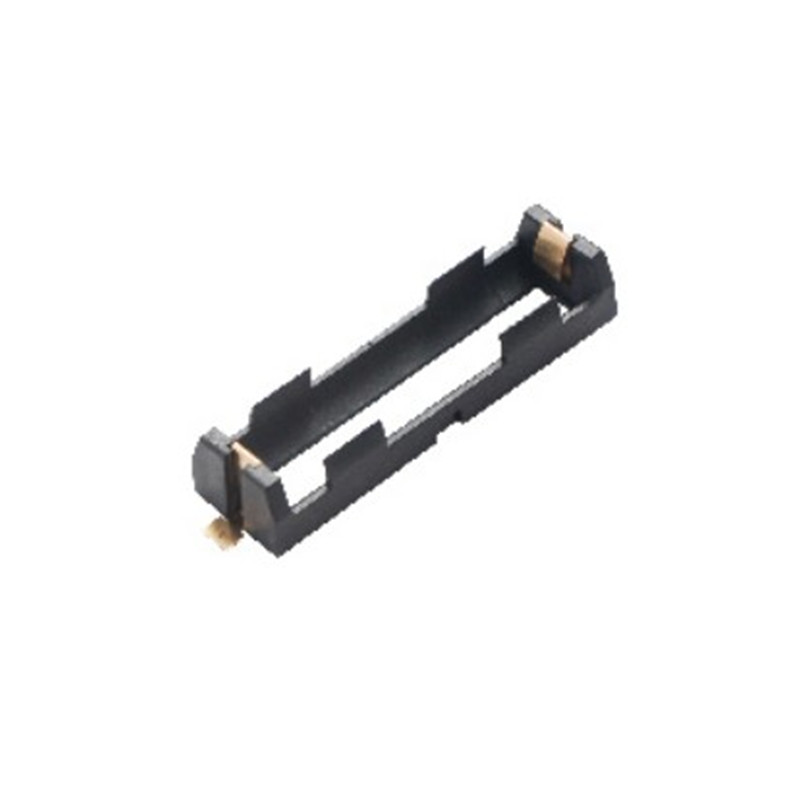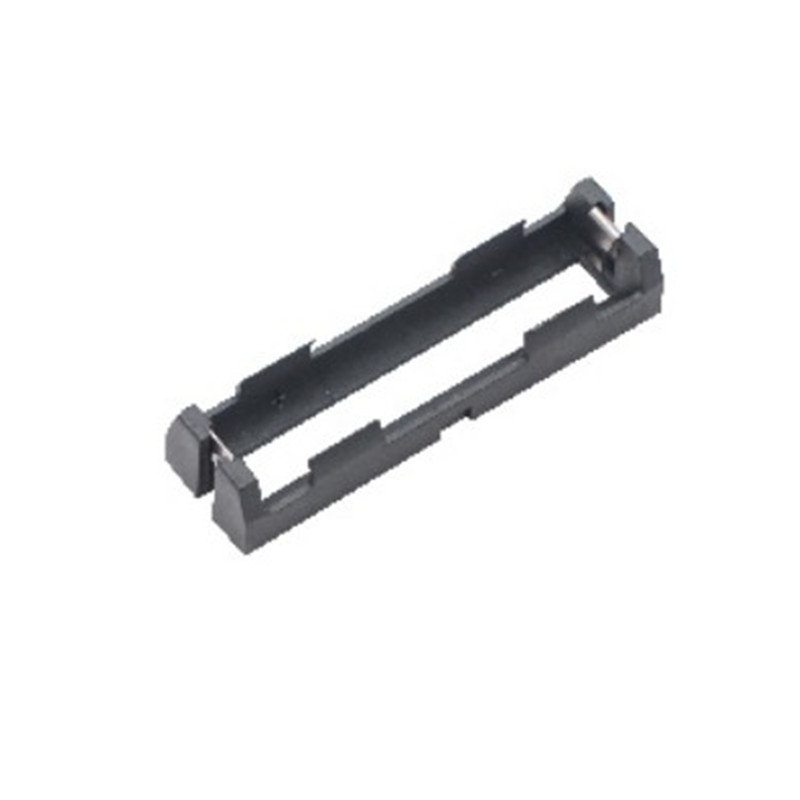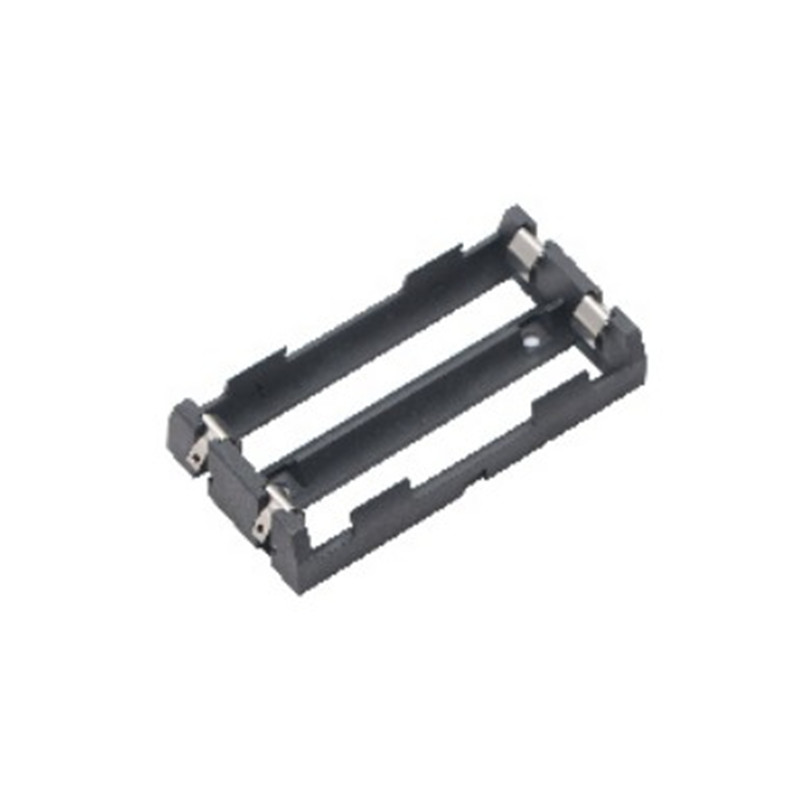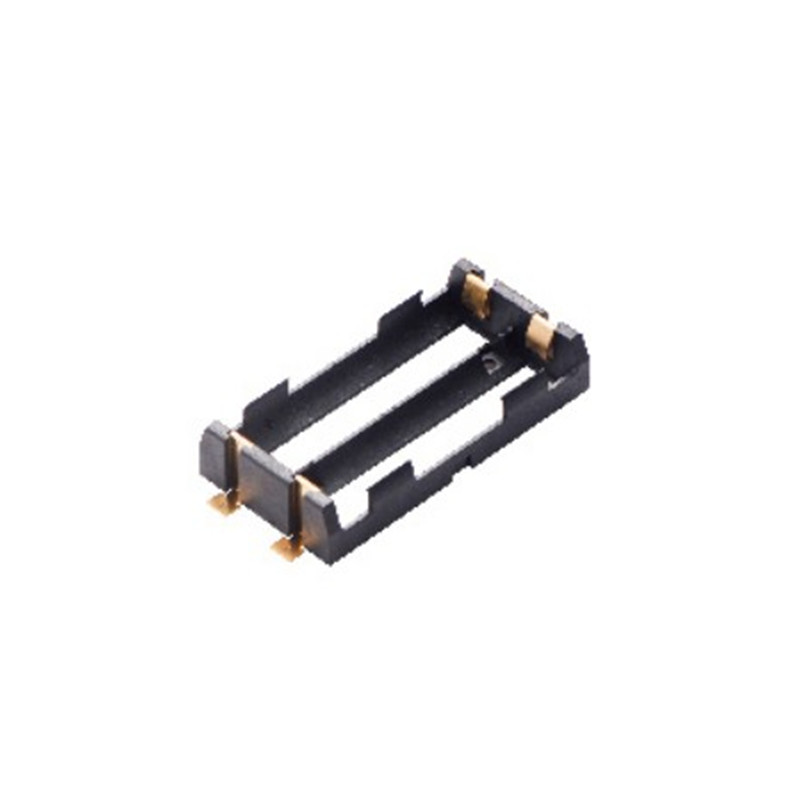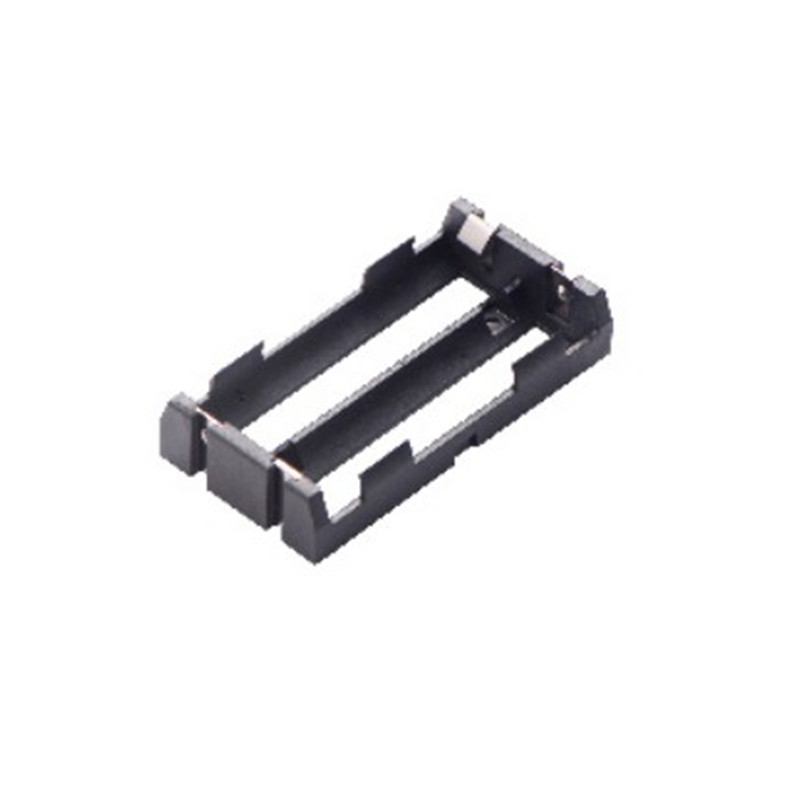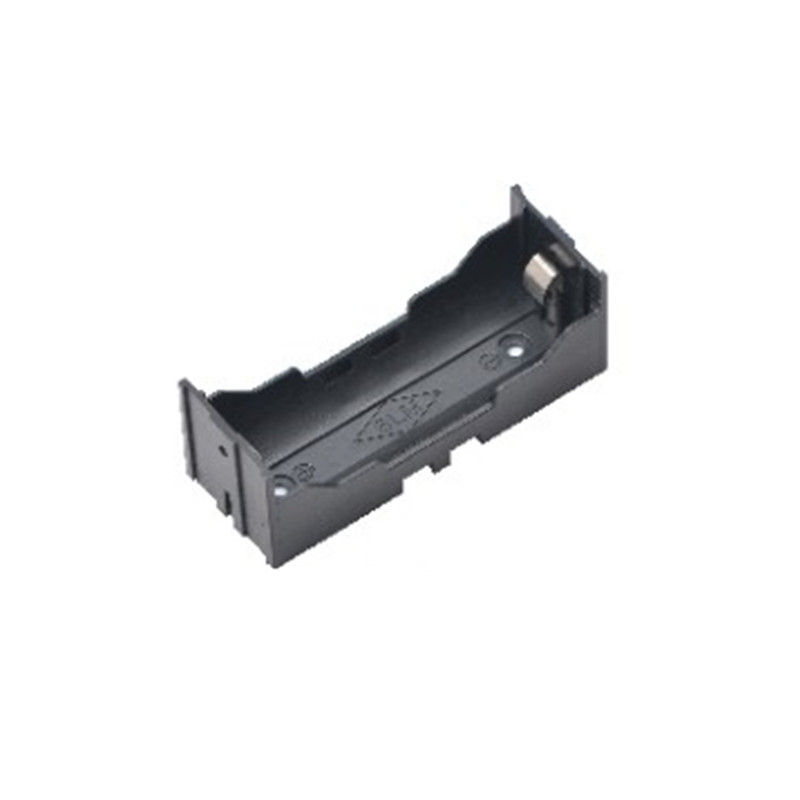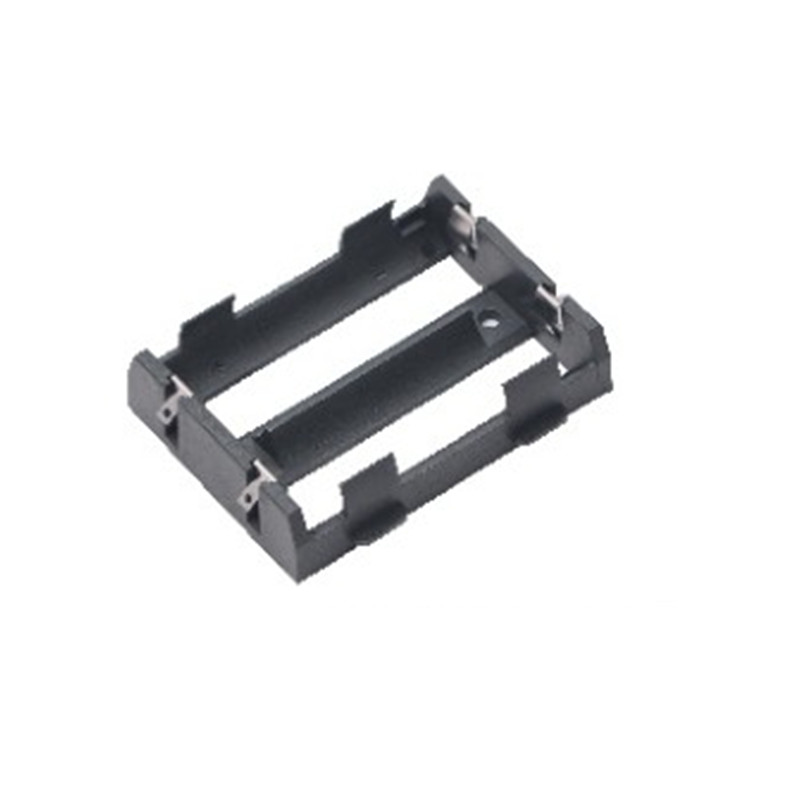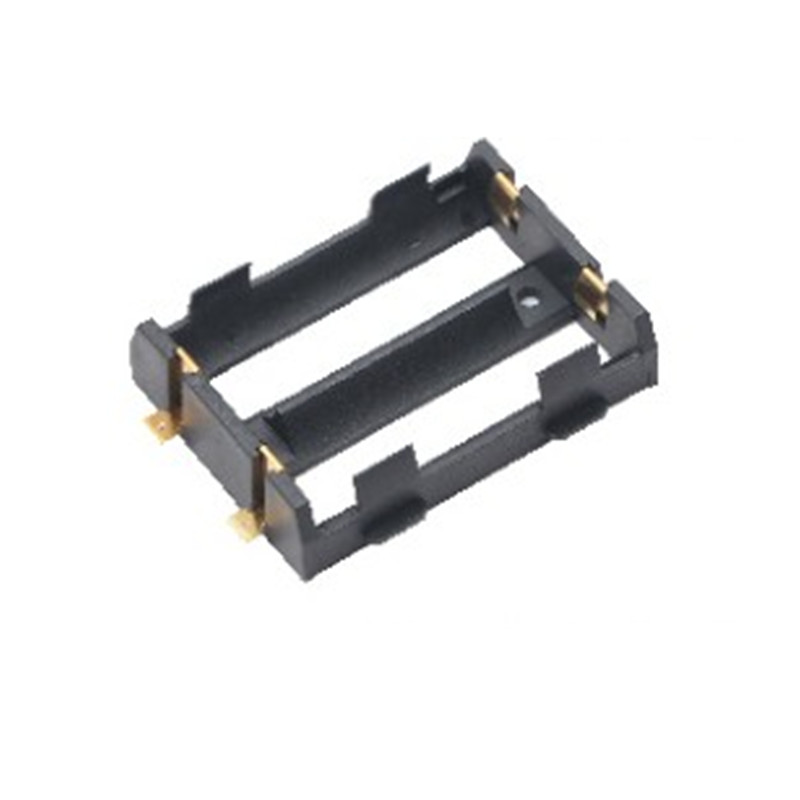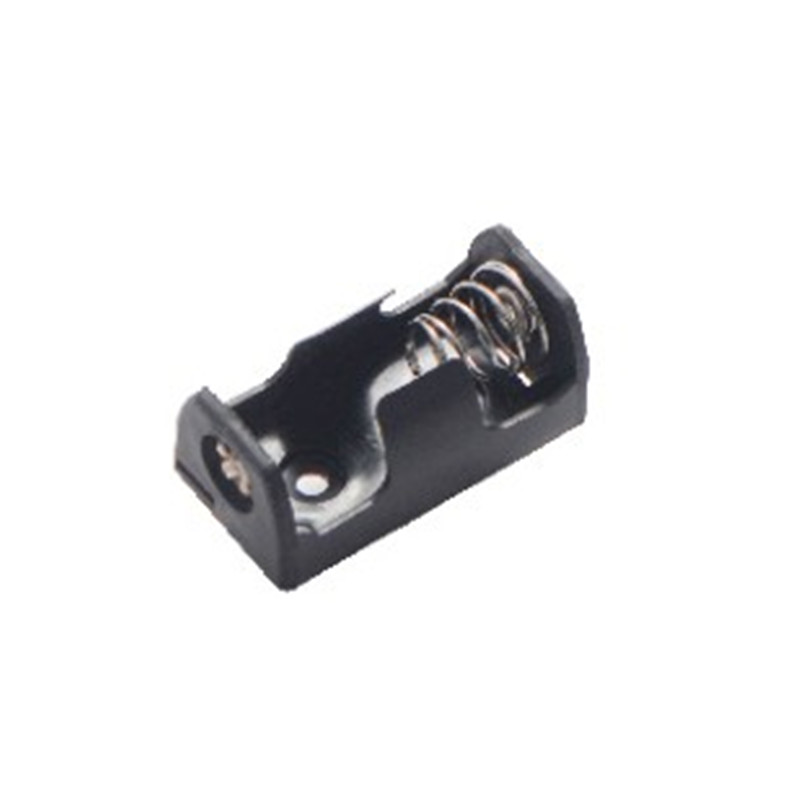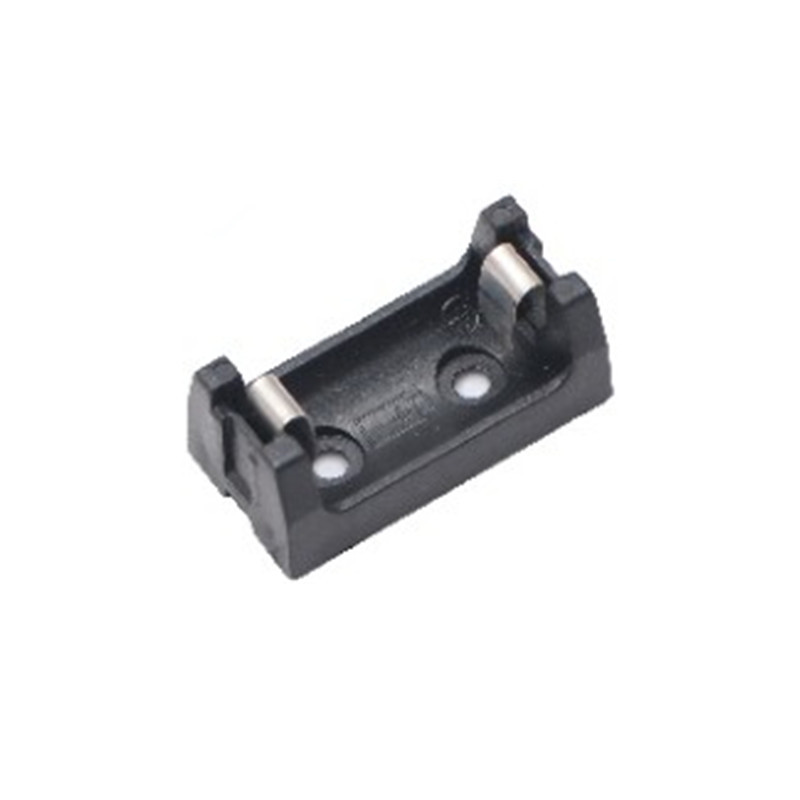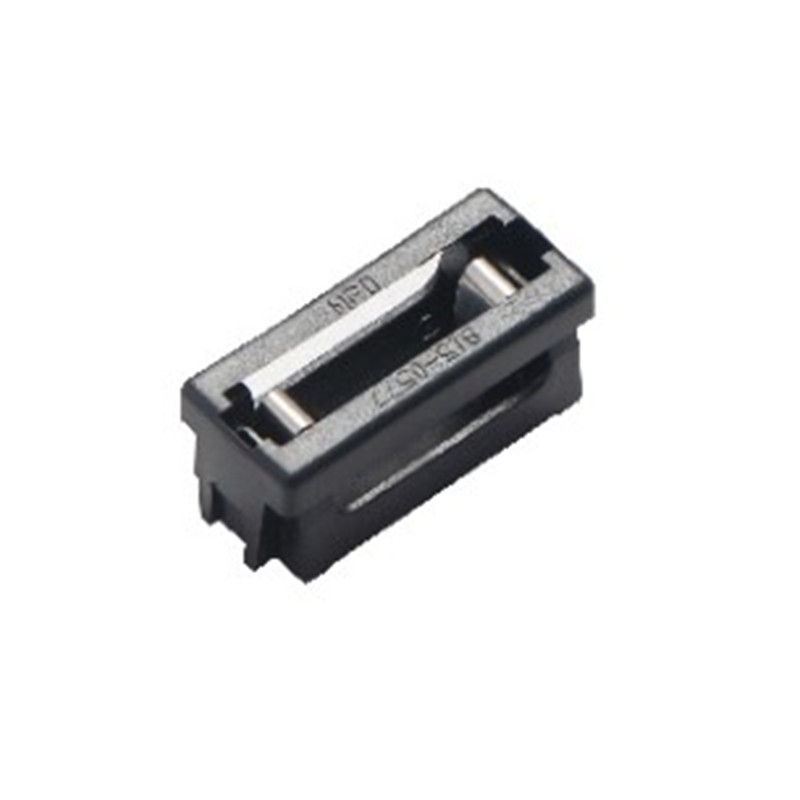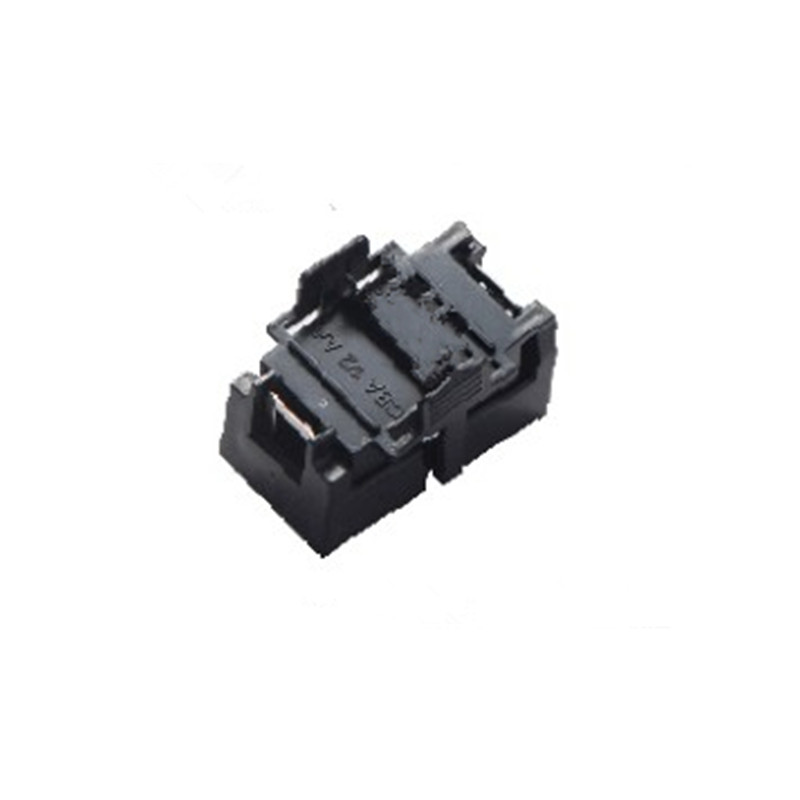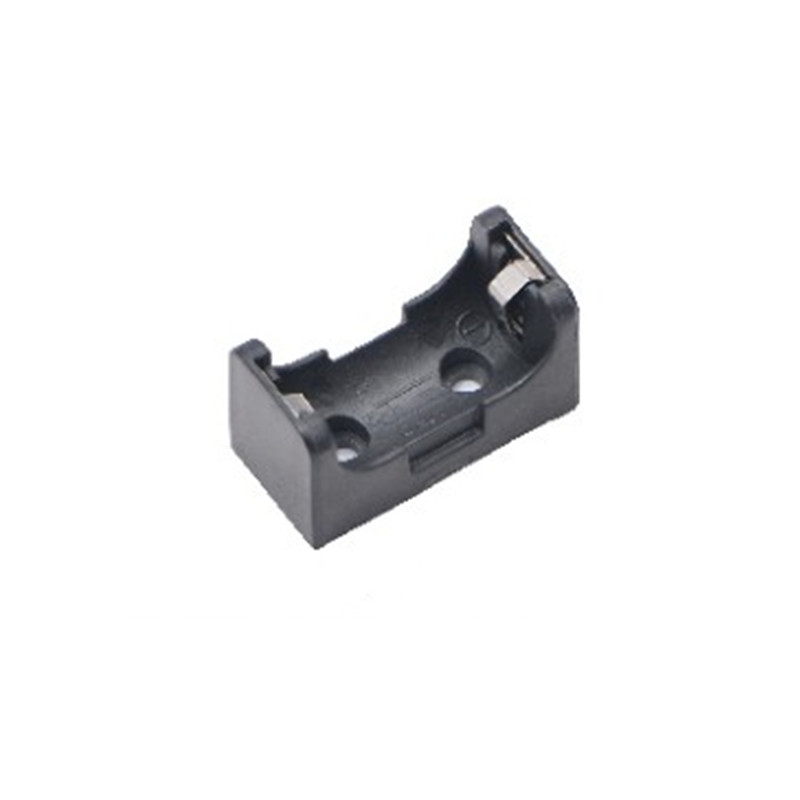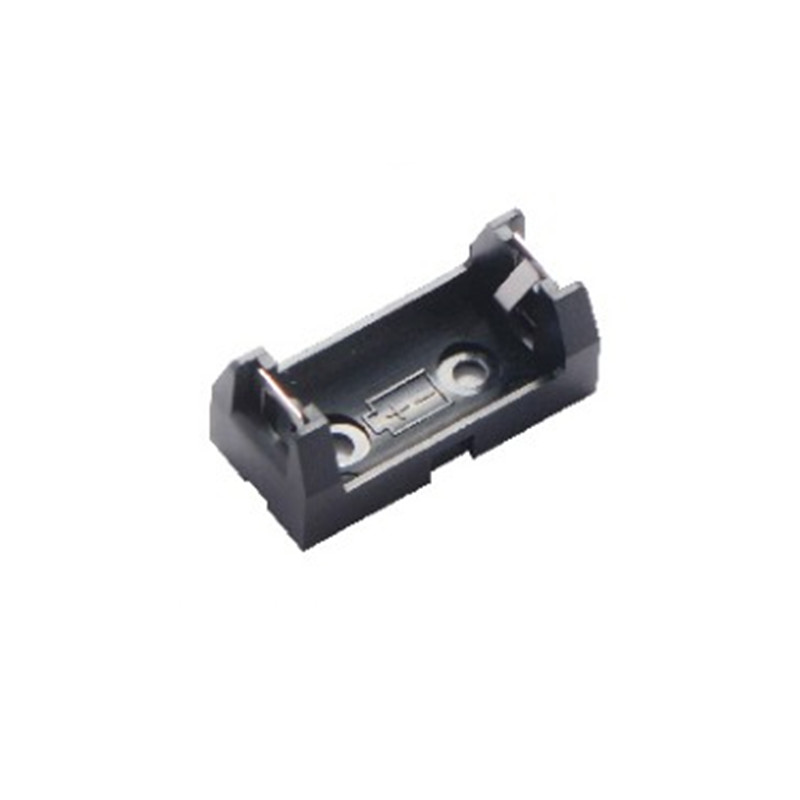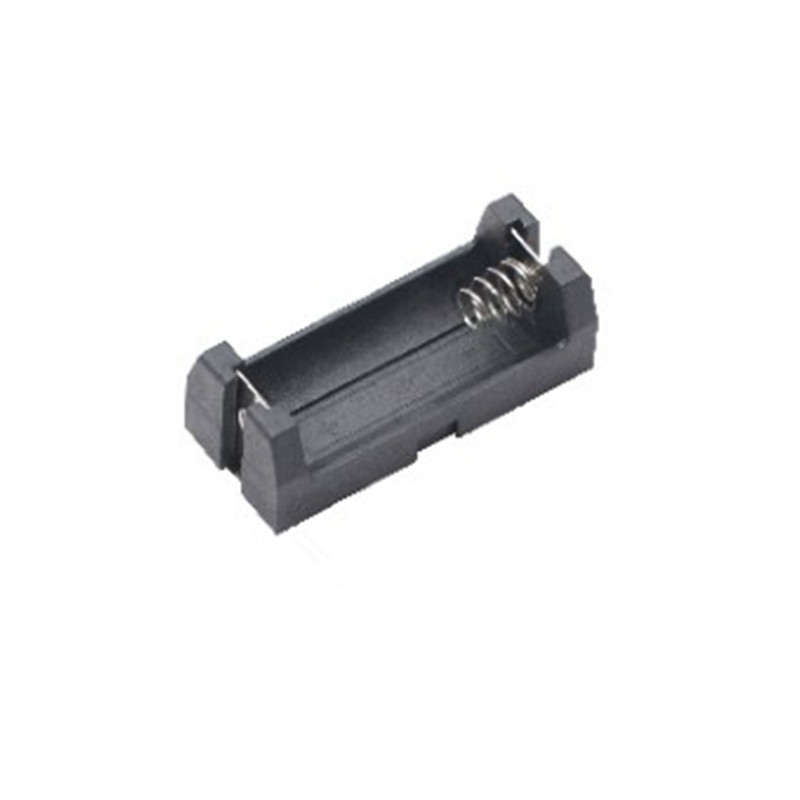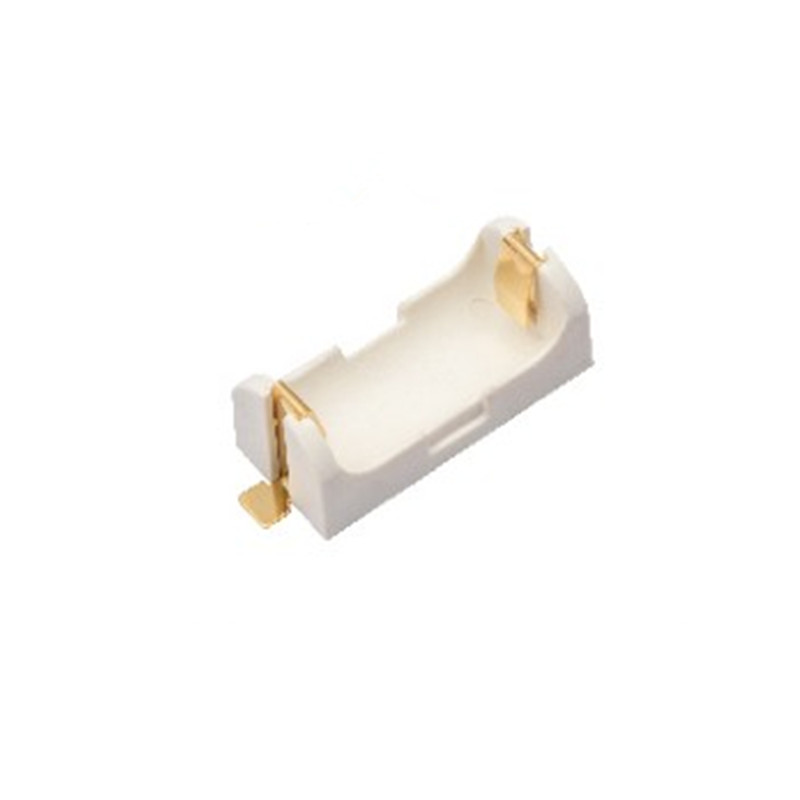The world is becoming increasingly digitised and automated by the day, with technology playing a more significant role in our lives. Smart homes, connected cars, and virtual assistants are just some examples of innovations that are beginning to reshape our world. This article explores the world of piezoelectric wireless sensors, one of the latest technological advances. Its widespread implementation promises to change the way we use specific devices today. Read on to learn more about its uses and future implications on society.
What are Piezoelectric Wireless Sensors?
Piezoelectric sensors are sensors that convert mechanical stress into electric currents. These sensors work using a piezoelectric material that generates an electrical charge when deformed. Piezoelectric sensors are also referred to as piezo sensors, vibration sensors, or strain sensors. They are commonly used in industrial applications and in robotics to sense vibration, impacts, and pressure. In the future, piezoelectric sensors will be able to sense temperature, humidity, and other environmental conditions. They will then transmit this data wirelessly to devices such as our smartphones, where they can be analysed and used. Piezoelectric sensors could be used to monitor machinery, detect structural defects in buildings, monitor livestock, and be attached to smart appliances such as washing machines, refrigerators, and ovens to monitor their performance and provide alerts when there is a need for maintenance.
How do Piezoelectric Wireless Sensors Work?
Piezoelectric sensors work by converting mechanical stress into electrical charge. When you place a piezoelectric sensor on or near an object and apply pressure, it causes the surface of the object to deform. This deformation generates a charge in the sensor’s electrodes. The electrodes are wired to a circuit board, and the circuit board is connected to a computer via USB or Ethernet. As the sensor monitors the object and receives the charge, it is able to transmit this data to the computer. Because the sensor is wired to the computer, it is not a wireless sensor. It is only wireless after the data is transmitted to the computer.
Pros of Piezoelectric Wireless Sensors
Piezoelectric sensors have many advantages over traditional sensors. – More Accurate – Piezoelectric sensors are more accurate than traditional sensors. They have a wider dynamic range, are less prone to interference from environmental factors, and have a wider frequency range. This means they are better able to measure both low and high readings. – More Durable – Piezoelectric sensors are more durable than traditional sensors. They can withstand significant impacts and extreme temperatures and operate in different environments. – More Flexible – Piezoelectric sensors are more flexible than traditional sensors. They can be embedded into materials that traditional sensors cannot. – More Convenient – Piezoelectric sensors are more convenient than traditional sensors. They don’t need to be directly connected to a computer or device to transmit information. They can be connected wirelessly. – More Cost-effective – Piezoelectric sensors are more cost-effective than traditional sensors. They are less expensive to manufacture, easier to repair, and have a longer lifespan.
Cons of Piezoelectric Wireless Sensors
Unfortunately, not everything about piezoelectric sensors is positive. There are also some setbacks to keep in mind. – Limited Durability – While piezoelectric sensors are less prone to damage from extreme temperatures, they are more prone to damage from vibrations. This means that they will likely have a shorter lifespan than traditional sensors. – Limited Accuracy – While piezoelectric sensors are more accurate than traditional sensors, they are not as accurate as other types of sensors. They are better at measuring averages than they are at measuring each individual reading. – More Complex – Piezoelectric sensors are more complex than traditional sensors, requiring more components and circuitry. This makes them more expensive to manufacture, harder to repair, and less energy efficient. – More Fragile – Piezoelectric sensors are more fragile than traditional sensors. This means that they need extra care during installation, and they are less suitable for harsh environments.
Future of Piezoelectric Wireless Sensors
As technology evolves, piezoelectric sensors will be able to detect more than just vibration and pressure. They will be able to detect environmental factors such as temperature, humidity, and light. They will then transmit this data wirelessly to devices such as our smartphones, where it can be analysed and used. In the future, piezoelectric sensors could be used to monitor machinery, detect structural defects in buildings, monitor livestock, and be attached to smart appliances such as washing machines, refrigerators, and ovens to monitor their performance and provide alerts when there is a need for maintenance.
Conclusion
Piezoelectric sensors
are more accurate, more durable, and more flexible than traditional sensors. They are also more convenient and more cost-effective. In the future, they will be able to detect more than just vibration and pressure. As technology evolves, piezoelectric sensors will be able to detect more than just vibration and pressure. They will be able to detect environmental factors such as temperature, humidity, and light. They will then transmit this data wirelessly to devices such as our smartphones, where it can be analysed and used. In the future, piezoelectric sensors could be used to monitor machinery, detect structural defects in buildings, monitor livestock, and be attached to smart appliances such as washing machines
, refrigerators, and ovens to monitor their performance and provide alerts when there is a need for maintenance.



